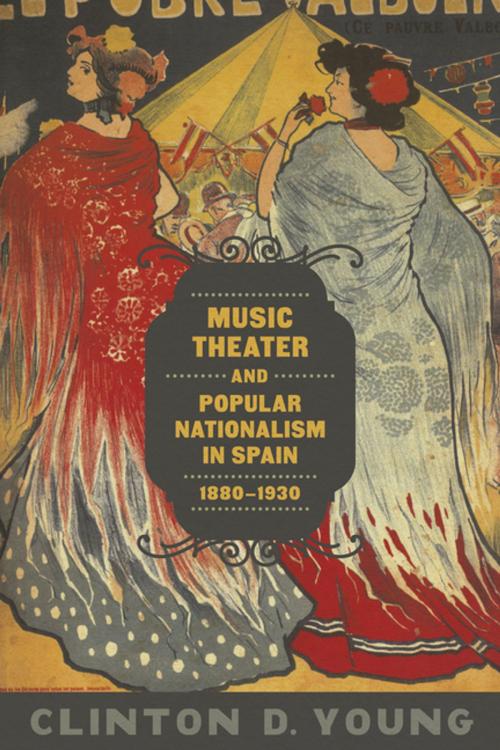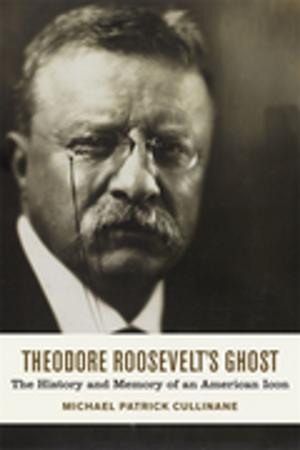Music Theater and Popular Nationalism in Spain, 1880-1930
Nonfiction, History, Western Europe, Spain & Portugal, Entertainment, Music| Author: | Clinton D. Young | ISBN: | 9780807161050 |
| Publisher: | LSU Press | Publication: | January 11, 2016 |
| Imprint: | LSU Press | Language: | English |
| Author: | Clinton D. Young |
| ISBN: | 9780807161050 |
| Publisher: | LSU Press |
| Publication: | January 11, 2016 |
| Imprint: | LSU Press |
| Language: | English |
From its earliest appearance in the mid-1600s, the lyric theater form of zarzuela captivated Spanish audiences with its witty writing and lively musical scores. Clinton D. Young’s Music Theater and Popular Nationalism in Spain, 1880–1930 persuasively links zarzuela’s celebration of Spanish history and culture to the development of concepts of nationalism and national identity at the dawn of the twentieth century.
As a weak Spanish government focused its energy on preventing a recurrence of mid-nineteenth-century political upheavals, the project of articulating a national identity occurred at the popular level, particularly in cultural venues such as the theater. Zarzuela suited this aim well, depicting the lives of everyday citizens amid the rapidly changing norms brought about by industrialization and urbanization. It also integrated regional differences into a unified vision of Spanish national identity: a zarzuela performance set in Madrid could incorporate forms of music and folk dancing native to areas of the country as far distant as Andalucía and Catalonia. A true “music of the people” (música popular), zarzuela offered its audiences an image of what a more modern Spain might look like.
Zarzuela alone could not create a unified concept of Spanish identity, particularly with competition from new forms of mass culture and the rise of the Primo de Rivera dictatorship in the 1920s. Yet, as this riveting study shows, it made an indelible contribution to popular culture and nationalism. Young’s history brings to life the stories, songs, and evolving contexts of a uniquely Spanish art form.
From its earliest appearance in the mid-1600s, the lyric theater form of zarzuela captivated Spanish audiences with its witty writing and lively musical scores. Clinton D. Young’s Music Theater and Popular Nationalism in Spain, 1880–1930 persuasively links zarzuela’s celebration of Spanish history and culture to the development of concepts of nationalism and national identity at the dawn of the twentieth century.
As a weak Spanish government focused its energy on preventing a recurrence of mid-nineteenth-century political upheavals, the project of articulating a national identity occurred at the popular level, particularly in cultural venues such as the theater. Zarzuela suited this aim well, depicting the lives of everyday citizens amid the rapidly changing norms brought about by industrialization and urbanization. It also integrated regional differences into a unified vision of Spanish national identity: a zarzuela performance set in Madrid could incorporate forms of music and folk dancing native to areas of the country as far distant as Andalucía and Catalonia. A true “music of the people” (música popular), zarzuela offered its audiences an image of what a more modern Spain might look like.
Zarzuela alone could not create a unified concept of Spanish identity, particularly with competition from new forms of mass culture and the rise of the Primo de Rivera dictatorship in the 1920s. Yet, as this riveting study shows, it made an indelible contribution to popular culture and nationalism. Young’s history brings to life the stories, songs, and evolving contexts of a uniquely Spanish art form.















